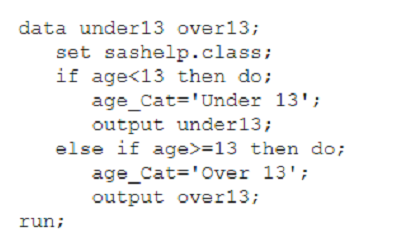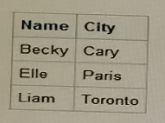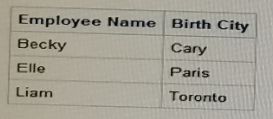SAS Institute A00-215 - SAS Certified Associate: Programming Fundamentals Using SAS 9.4
Which SAS format displays a SAS date as 25JUN2019?
The data set SASHELP. CARS contains information on different vehicles. How do you correctly write the observations with Type of 'SUV' to the suv data set and Type
of 'Sedan' to the sedans data set?
Which statement is true regarding the DATA step?
When the following code is submitted, execution fails.

Why does the execution fail?
Which statement is true about SAS program syntax?
Given the display of the CITIES data set:

Which program creates the PROC PRINT report below?

Which PROC PRINT step correctly displays only the first 10 observations in the data set?
Which PROC SORT statement specifies the sort variable?
Which statement is true about the SUM statement?
Given the program shown below:

Given the partial PROC PRINT report below:

Why are the labels for msbp, MPG_city, and MPG_Highway NOT displaying in the PROC PRINT report^



